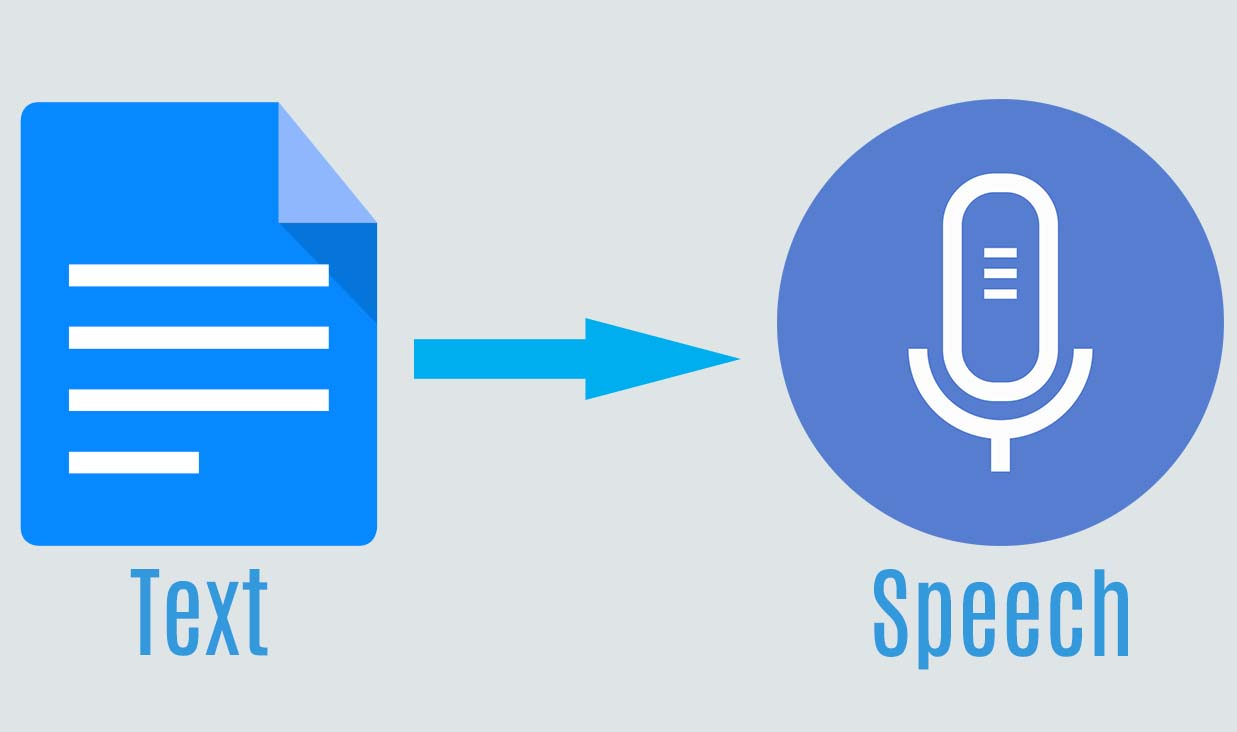Different Settings Where Text-to-Voice AI is Helpful

Using Text to Voice AI can be helpful for different reasons. It can help you to detect positive and negative sentiments in a call, it can help identify recurring conversational topics, and can even help you with language localization.
Language Localization
Using Artificial Intelligence in localization is a huge opportunity. It can help businesses create a more accessible experience for customers. It can also help them build their brand’s reputation in international markets. Using AI in localization can also reduce the cost of localizing.
Localization involves adapting a product or service to the culture of a specific market. It requires an ecosystem of experts and technology. It also requires a framework to manage accuracy.
When a brand is localized, it can reach consumers in their native language. It can also increase revenue. For example, Spotify is available in 80 markets. The company also uses AI to create personalized music playlists for each market.
Some examples of how AI is used in localization are voice recognition and automated text-to-speech. These tools work to replicate the natural speech patterns of the human voice. They also provide text transcripts and subtitles that can be edited. They can provide 99% accuracy.
Detecting Positive and Negative Sentiments on Calls
Detecting Positive and Negative Sentiments on Calls with Text-to-Voice AI is a technique to quantify neutral data. This data can help companies improve their products and services. It can also be used to prevent issues and ensure that agents follow protocol.
Sentiment analysis is a popular tool for monitoring customer sentiment. It can help companies like WellSaid Labs improve their products and services and avoid issues. It can also be used to identify ineffective techniques.
Sentiment analysis is performed by using an algorithm. The algorithm can either be automated or human-powered. The algorithm works by feeding a sentiment-labeled training set. It then learns a linear model to predict polarity based on input. It can be trained by using large amounts of data.
Sentiment analytics data is presented in the phone system dashboard. It can be analyzed by location, topic, time of day, and speaker. The overall sentiment score can be calculated on a scale of -100 to 100.
Sentiment analysis can be done in conjunction with other business drivers. For example, it can be used to analyze customer satisfaction surveys and identify areas of improvement.
Identifying Recurring Conversational Topics
Identifying recurring conversational topics with text-to-voice AI can be exciting for customer service and sales teams. This software can help companies better understand their customers’ needs and interests. It can also help them identify the most suitable solution for their needs.
Aside from the fact that a chatbot can be a helpful customer service assistant, it can also help prevent website abandonment. The best ones are intelligent and learn from user behavior. They can even recommend products and services to customers. These technologies have also been applied in healthcare, which is used to improve social skills and cognitive behavior therapy.
Conversational AI has had its fair share of missteps. One of the biggest challenges is dealing with accents and dialects. Still, the software has made impressive strides in improving the conversation flow and delivering rapid responses to clients. The software is still evolving and will keep discovering new ways to train its AI.
AI Voice Cloning
Using Artificial Intelligence technology to mimic a familiar voice is helpful in many settings. These include assisting people with speech disorders, enhancing communication with someone deaf, and creating an immersive listening experience.
Synthetic voices can be used for people who have ALS or Parkinson’s disease to make their communication more accessible. This is also useful for people who are busy or unavailable to record their voices. These voices can also be used for video games and assistive technology.
The growth of voice AI technology has been rapid over the past few years. In January, Google published a speech corpus, including thousands of phrases spoken by text-to-speech models. The synthesis network uses the canon to train and condition itself on a reference speech signal from the desired target speaker.
Text-to-speech voice cloning enables users to create a variety of accents and tones. The system learns through text and can mimic audio recordings used in training.
Voice cloning technology is becoming more widely available on the internet. It is available in applications such as navigation systems, smart speakers, audiobooks, and conversational assistants. However, it is sparsely used in enterprise settings. Several prominent technology vendors have text-to-speech offerings.



